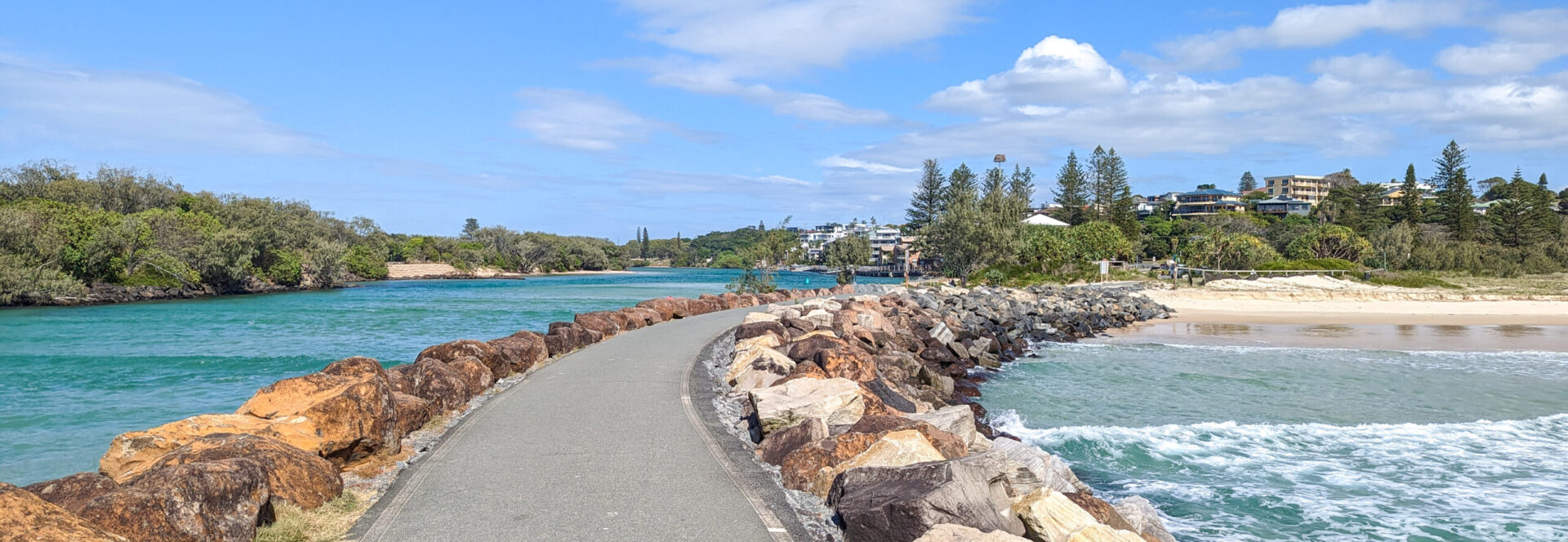Strolling through Australia’s subtropical forests or even suburban backyards, you might stumble upon a bird that seems half prehistoric and half endearing. Meet the Australian Brush Turkey (Alectura lathami), a creature with more quirks than a character from a Wes Anderson film. With its vibrant red head, bald as a billiard ball and jet-black feathers, the Brush Turkey might not win beauty contests, but it certainly excels in the art of survival.
Origins and Habitat
The Australian Brush Turkey is a member of the megapode family, native to eastern Australia. These remarkable birds are found from Far North Queensland to New South Wales, with some populations extending into Victoria.
Brush Turkeys thrive in a variety of habitats, including rainforests, sclerophyll forests and urban areas where they’ve adapted impressively to human presence. National parks and reserves are particularly favoured by these birds, where they can be seen scratching the underbrush or foraging on the forest floor.
Physical Characteristics
Brush Turkeys are unmistakable with their distinctive appearance. They are large, ground-dwelling birds with black plumage, a bare red head and a bright yellow wattle around their necks. These birds grow up to 70–75 cm in length, with males being larger and more robust than females.

Diet
As omnivores, Brush Turkeys have a diverse diet that includes:
- Fruits and Seeds: Foraging for fallen fruits and seeds on the forest floor.
- Insects and Small Animals: Feeding on insects, small vertebrates, and other invertebrates.
- Plant Material: Consuming leaves, flowers, and other plant matter.
Their foraging habits not only sustain them but also contribute to seed dispersal and soil aeration.
Behaviour and Breeding
The Brush Turkey’s breeding habits are nothing short of extraordinary:
- Mound Builders: Males construct large incubation mounds from leaf litter, soil and debris, some exceeding 1 meter in height and several meters in diameter.
- Temperature Regulation: Using their beak as a thermometer, males meticulously monitor and adjust the mound’s temperature, keeping it around 33°C for optimal egg incubation.
- Independent Hatchlings: Once hatched, chicks dig their way out of the mound, fully independent and capable of flight within hours.
These industrious behaviours highlight the Brush Turkey’s dedication to survival and propagation.
The Rare Albino Brush Turkey of Noosa Heads
A rare albino Brush Turkey, fondly nicknamed “Albi,” became a cherished sight in Noosa Heads, delighting locals and visitors with its striking white plumage. Albi’s unique appearance made it a standout among the typical black-feathered Brush Turkeys commonly seen in the area. Sadly, Albi passed away in July 2022 due to injuries sustained in a traffic accident.
Where to See Brush Turkeys
Aside from the urban areas, if you are keen to observe Brush Turkeys in their natural habitat, consider visiting:
- Daintree Rainforest, Queensland: A biodiversity hotspot teeming with wildlife.
- Lamington National Park, Queensland: Renowned for frequent sightings of Brush Turkeys.
- Royal National Park, New South Wales: Perfect for spotting these birds along picnic areas and trails.
- Urban Parks in Sydney: Places like the Royal Botanic Garden and Centennial Parklands showcase the adaptability of these birds.
Predation
- Natural predators include dingoes, pythons and goannas, while urban threats include domestic dogs and cats.
Despite their somewhat awkward waddle and unconventional looks, Brush Turkeys are ecological powerhouses. From aerating soil to controlling insect populations, they play an essential role in Australia’s ecosystem.
So next time you encounter a Brush Turkey boldly scratching in a garden or strutting through a park, take a moment to appreciate its quirky charm and ecological contributions. Who knew a bird could be a gardener, builder and conservationist all rolled into one?
Discover more from Ports In Paradise
Subscribe to get the latest posts sent to your email.


